Chicken Parmesan is an American creation that grew from the eggplant parmigiana preparation from southern Italy and Sicily, with the meatier chicken substituting for the less caloric eggplant at its core. Veal Parmesan came first, at least by the 1930s while Chicken Parmesan debuted on restaurant menus at least a couple of decades later. Veal Parmesan is certainly a much better dish, and my favorite dish as a kid, but Chicken Parmesan is ubiquitous throughout the country, the veal version much less so. Industrially produced, widely distributed and easily affordable, gigantic, if typically tasteless, chicken breasts are the key reason for the popularity of Chicken Parmesan along with the ease of preparation. But, even practiced Italian-Americans like Ken Auletta might like it if done well.
There are at least a dozen Italian-American restaurant chains ranging from the retrenching Zio’s with a just a handful of spots to Olive Garden with 887 (!), with most have at least forty outlets. People like Italian-American food, in even the most minor key. Chicken Parm at these restaurants is a slice or more of chicken breast, breaded and pan-fried – if rarely pounded thin – and topped with melted mozzarella and maybe some other white-colored, Italian-inspired cheeses and served in a lot of tomato sauce with a side of pasta, usually spaghetti, also in that tomato sauce. You know what it is. The portion sizes for an order can range widely, though, from just 750 calories to over 1600.
Given the highest rate of inflation in forty years, I thought I would reprise a survey of chain Italian-American restaurants that I did some years ago, the Chicken Parm Index. Here are the current prices at dinner:
- Bertucci’s – $21.99, 1330 calories
- Biaggi’s – $18.99, 1500 calories
- Bravo! Italian Kitchen – $21.99, 1450 calories
- Bucca di Beppo – $30.00 for a portion that feeds three, 870 calories for an individual serving
- Johnny Carino’s – $19.99, 1010 calories
- Carrabba’s – $20.49, 760 calories
- Fazoli’s – $10.29, 840 calories
- Maggiano’s Little Italy – $20.50, 1290 calories
- Romano’s Macaroni Grill – $20.00, 1610 calories
- Old Spaghetti Factory – $17.75, 750 calories
- Olive Garden – $17.79, 1020 calories
- Spaghetti Warehouse – $16, 750 calories
- Zio’s – Chicken Parmigiana – $14.99, 1370 calories
In 2010, the Chicken Parm preparations at the chain Italian-American restaurants for dinner ranged from $12.99 to $18.95 and averaged $15. Now these go from $10.29 to $21.99, averaging $18.10. The cost for a Chicken Parm dinner has risen just a shade over 20% in the intervening dozen years.
Chicken Parm remains a price performer at these chain Italian-American restaurants. I don’t recommend ordering it at one of these places nor even visiting any of these, though.
The Chicken Parmesan at Maggiano's.
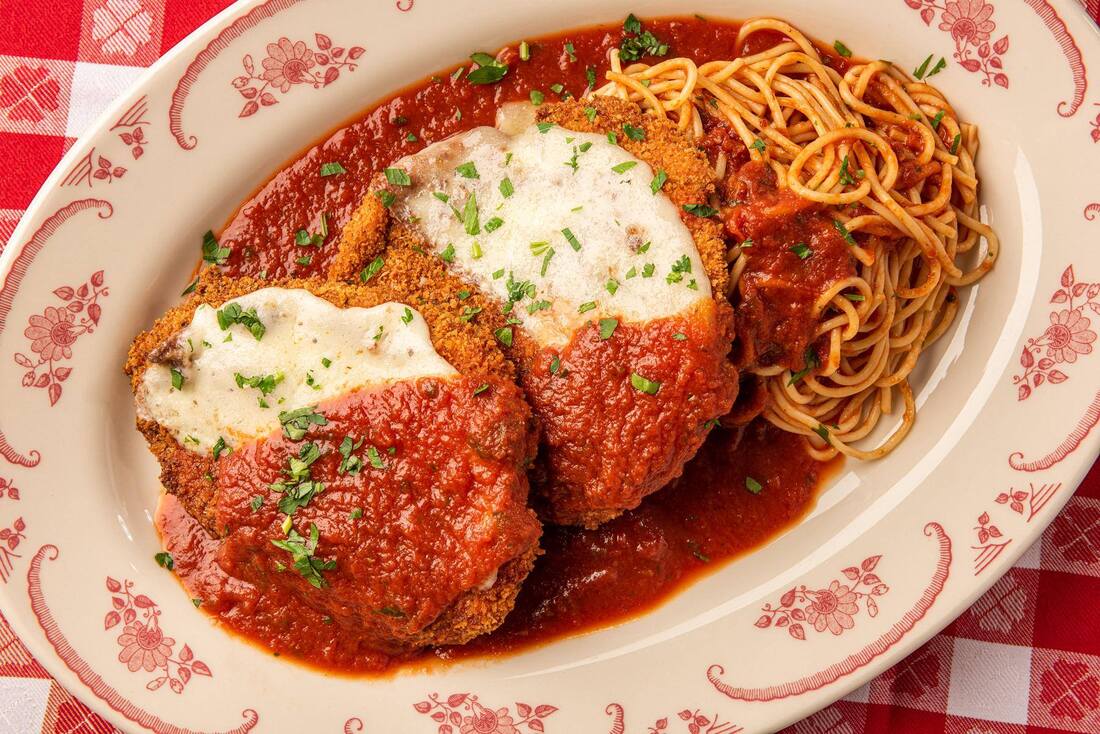
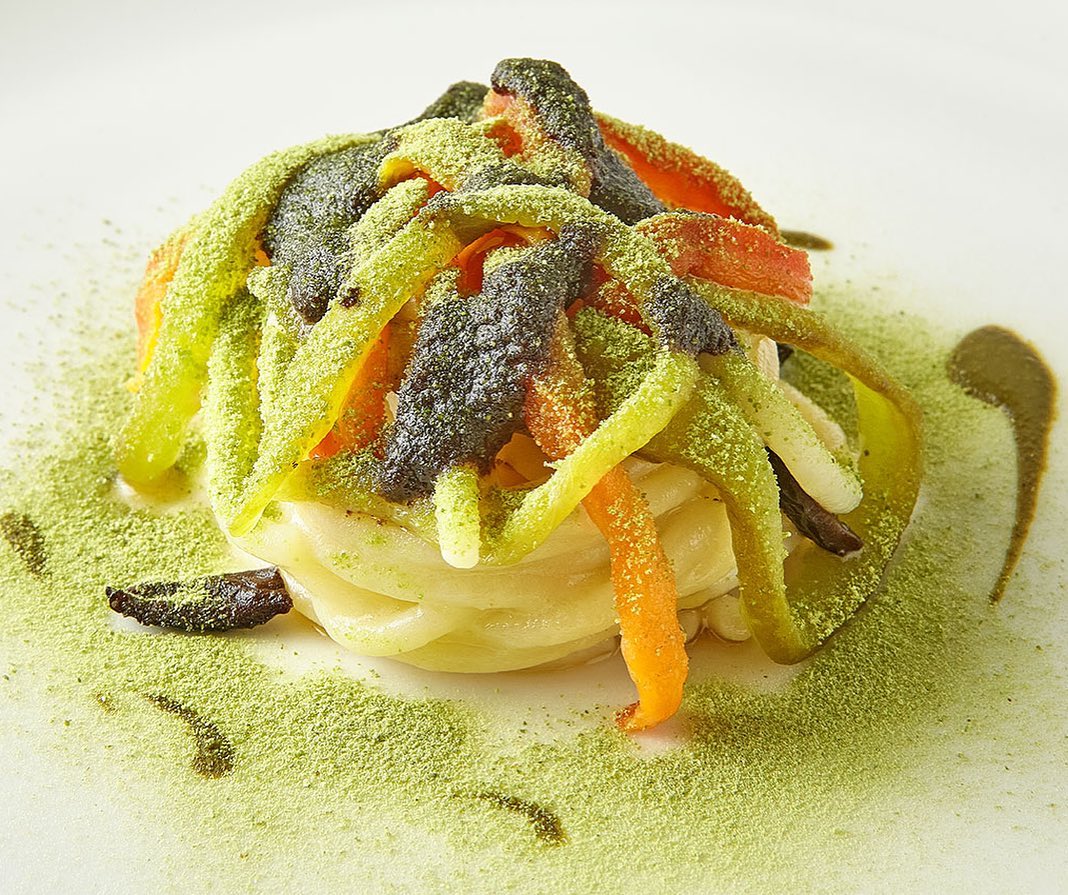
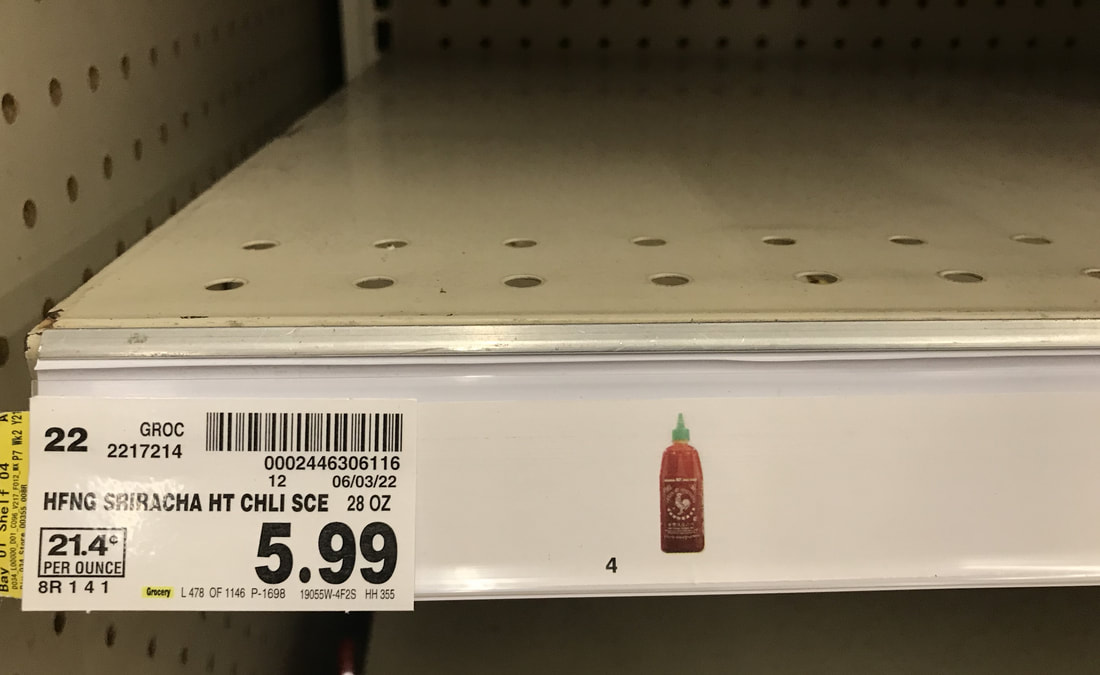
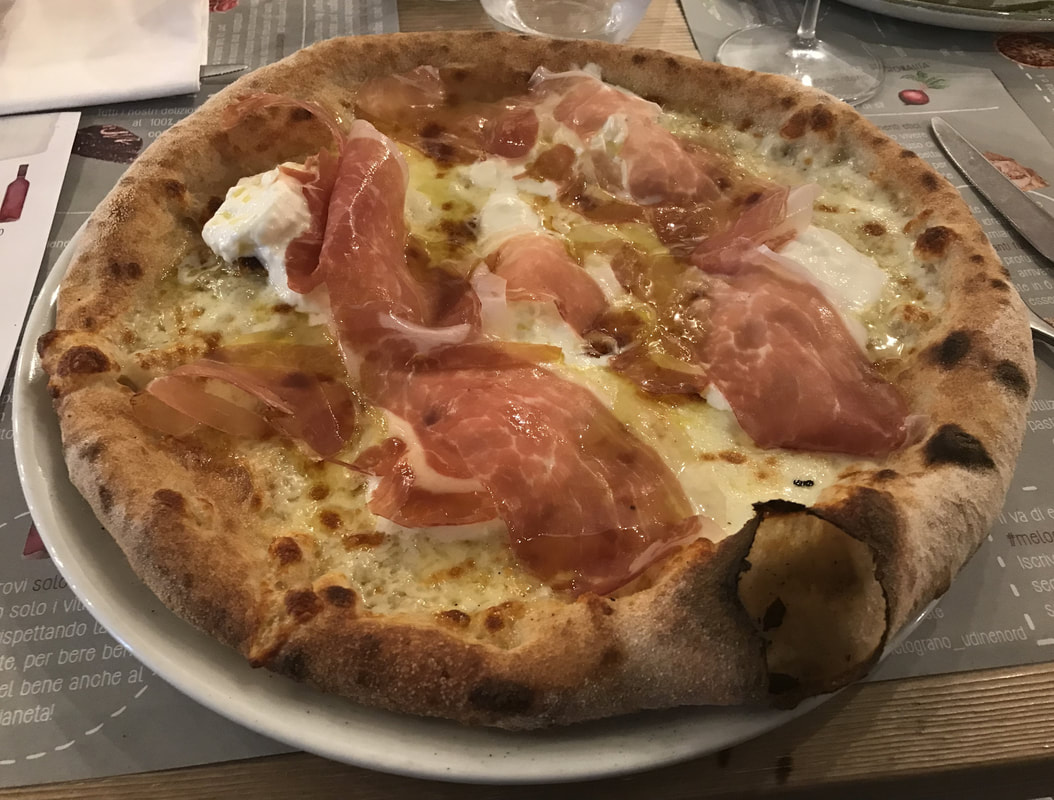
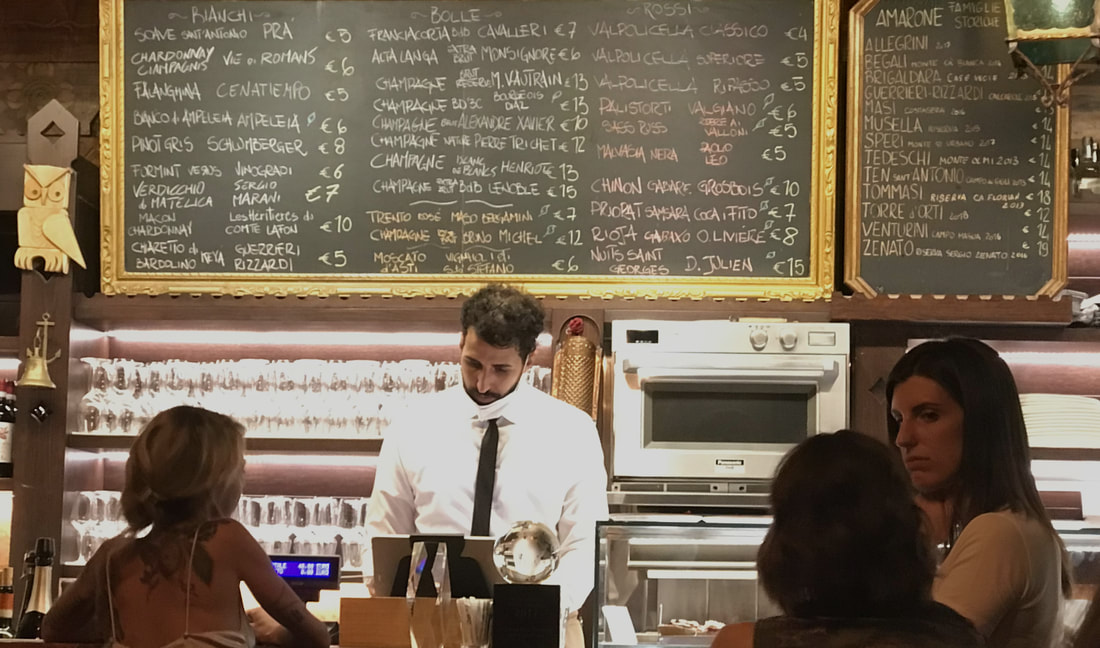

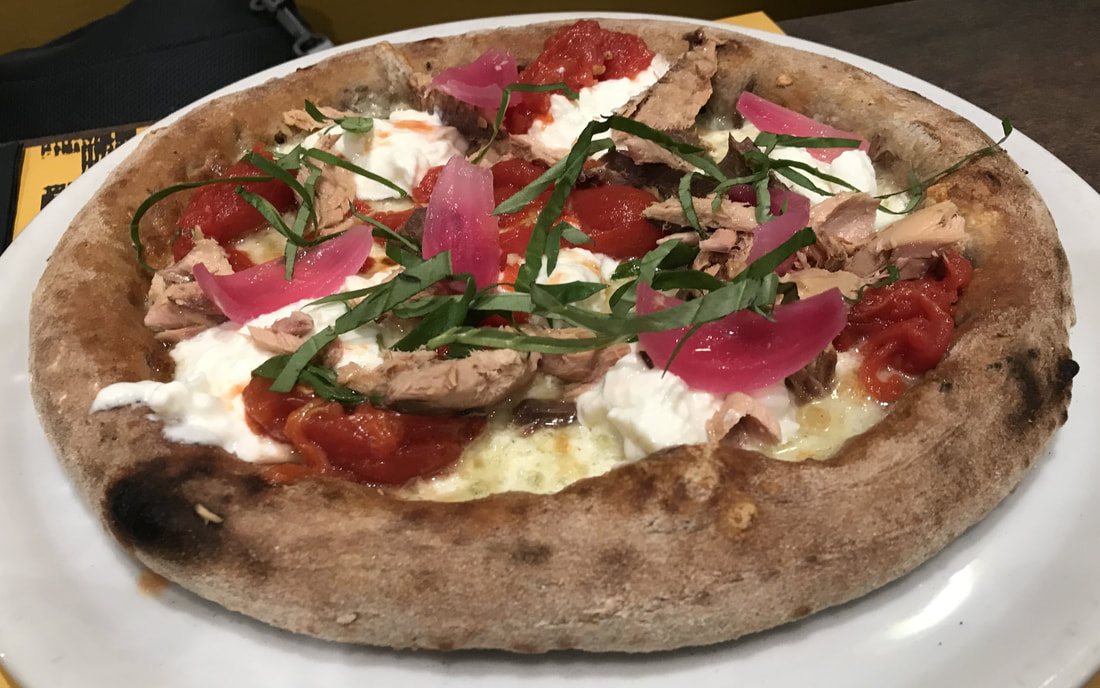
 RSS Feed
RSS Feed

